Air rifles are fun and challenging tools that allow you to hunt, target practice and compete at very little cost. But it’s easy to get wrapped up in the fun aspects of airguns and forget that they aren’t toys.
They need to be cleaned and maintained to ensure proper function.
Today, we’ll talk about airgun maintenance and hopefully clear up any confusion you may have about the topic.
General Airgun Maintenance By Type
The most important piece of advice I can give you regarding airgun maintenance is to consult your manual. Airguns are precision instruments that have strict guidelines regarding internal oiling and cleaning.
Follow those guidelines to the letter. You can very easily over lube and damage an airgun by going hog wild on it.
Use the Proper Cleaning Supplies
You need airgun cleaning supplies and solvents to properly clean an airgun. This includes small cleaning rods, bore patches and even cleaning pellets. You always want to use airgun-specific solvents and never use gun oil.
Most gun oil is petroleum based and will chew through hard rubber. Airgun solvents made from companies like Crossman, Napiers and Beeman are all recommended, affordable and common.
Spring Piston Guns

The majority of spring-piston guns require very little specialized maintenance to keep them running. Many have lifetime lubricated rings and seals. This is one of the most important things to research about your gun.
If it does need to be oiled, you put the manufacturers recommended a dose of oil down the transfer port and let the gun stand on its stock for half an hour or so. You want to use a high-quality silicone chamber oil. Crossman makes one of the best chamber oils.
The only portion you may need to inspect carefully is the cocking mechanism. These need some grease, not oil, grease which aids in making it easy to cock and reduce friction.
Just right around the pivot point you can wipe off the old grease and apply new grease. Use a solid lithium grease.
Break Barrels
Grease break barrels around both sides of the action fork and the pivot bolt. This area is the pivot point of the barrel; grease it with the barrel in place and in the cocked position.
Slide or Pump-Acton
If your airgun uses a slide or pump-action design, you need to grease the chamber walls. Get in there with an application, or even use a new toothbrush to apply.
Co2 Guns
CO2-powered airguns are remarkably simple to care for. They involve very little maintenance and most of it is focused on where the cylinder meets the gun.
Again, use only airgun-specific lubricants. All you need is one drop of Pellgun oil per cylinder and one drop of airgun chamber lube per cylinder.
If the area near the valve starts gathering dirt and debris, spray it out with compressed dry air. Never use petroleum-based lubricants or they’ll destroy the internal O-rings.
PCP
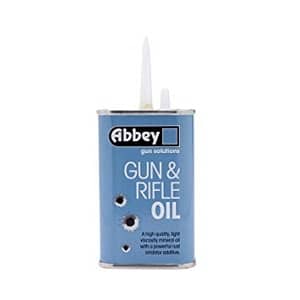
What’s critical is the valve and the adapters that seal the tank to the gun. The valve needs to remain clean and needs a drop of oil maybe twice a year at the very most.
Prior to oiling the valve, you should inspect it for dust and debris and If possible, spray them out with dry compressed air.
With PCP guns you also need to oil the O-rings involved with attaching an air tank to the gun. This includes O-rings that seals the tank to the adapter and the double O-rings on probes.
Just due to the nature of probes you’ll find yourself wiping them down and applying oil often. This oil isn’t to lubricate but to help seal the gun.
For either task, you want to use high-quality silicone lubes as petroleum-based will eat the O-rings. Because they spend lots of time exposed they tend to pick up more dirt and debris.
The Bore
While airguns don’t have to worry about carbon build up they do have issues with lead build up, and even rust depending on the environment.
CO2-powered airguns are notorious for rust building in the barrels when being used in humid environments. If your barrel is beginning to get fouled, it may affect accuracy and even your FPS.
Over-cleaning the barrel isn’t an issue, but it’s not something you have to do every day. Once a month is probably too much for most shooters.
There are a few ways you can clean the barrel:
If you are in a humid environment you may want to run a bore patch through and look for rust colored remains at least once a month.
If rust is found it’s time to clean the bore.
Cleaning the bore is easy:
Using a straight gleaning rod, you want to run a patch with a bit of Napiers Airgun oil on them through the barrel. Two or three should do. Then run dry patches until they come out completely clean. Never use gun oil that’s petroleum-based or it’ll eat O rings.
You can also use cleaning pellets. These are felt and made to be fired through the gun. They grip to the inside of the barrel and clean as they go. It’s a bit more fun, albeit more expensive, means to clean your airgun.
A dab of oil on one is all you need and then follow it with dry cleaning pellets.
External Rust
If your gun starts to show signs of rust on the outside you can use a rag and a bit of Ballistol to remove it. Ballistol should never be used on the inside of the gun and should be applied to a rag prior to being applied to the gun.
It’s safe for metal, wood and plastic stocks.
Wood and Plastic Stocks
If you have a fine wood stock, you want to protect it — the wood is half the reason you bought the gun. To keep that stock looking nice stay away from petroleum-based oils as they weaken wood over time.
Wiping the stock with a Linseed oil once a year, or before putting it in long-term storage will work.
Air Guns and Maintenance
Air guns are honestly pretty low maintenance items. They don’t require much to keep running and as long as you follow your manual you should be good to go.

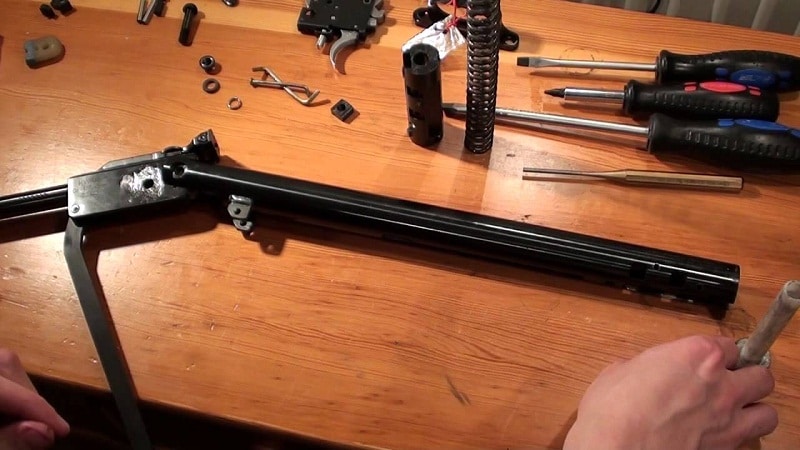
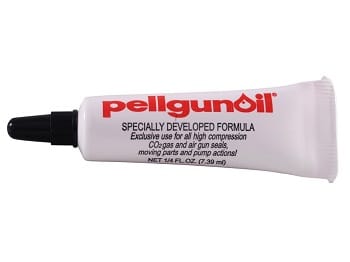

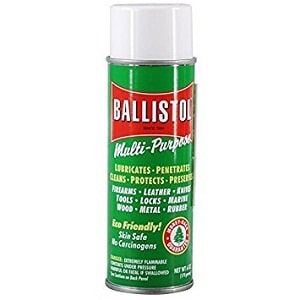

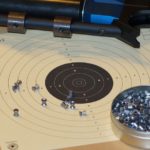




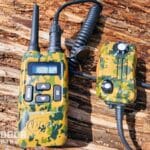





Comments are closed.